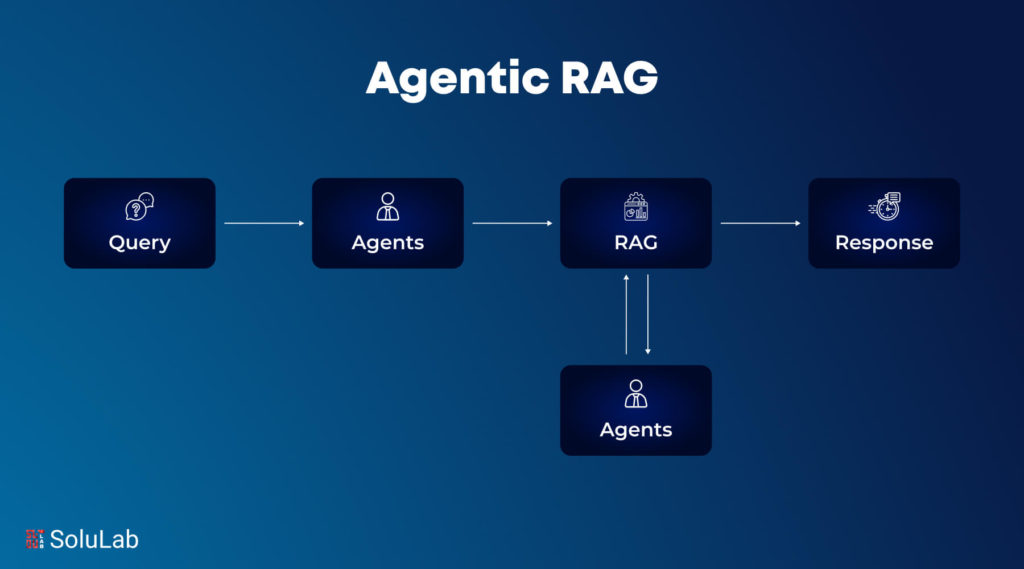Agentic RAG with VoyageAI, Gemini and LangGraph
Retrieval augmented generation (RAG) was a major leap forward in AI, transforming how chatbots engage with users. By combining retrieval-based methods with generative AI, RAG allowed chatbots to pull real-time data from large external sources and generate responses that were both accurate and relevant. This innovation made the development of chatbots simpler and more efficient while ensuring they can adapt to changing data, which is crucial in areas like customer support, where timely and precise information is key.
The Introduction of Agentic RAG
However, traditional RAG systems struggled with making quick decisions in fast-paced scenarios, such as booking appointments or handling real-time requests. This is where the agentic RAG comes into play. It tackles this by adding intelligent agents that can retrieve, verify, and act on data autonomously.
Unlike standard RAG, which mainly retrieves data and generates responses, agentic RAG enables AI to proactively make decisions on the fly, making it perfect for complex situations like medical diagnoses or customer service, where quick and accurate decision-making is essential.

Integration of Tools
This tutorial focuses on implementing an intelligent, agentic question-answering (Q&A) system that dynamically decides whether to use a knowledge base or perform an internet search based on the user’s query.
To achieve this, we need to integrate several tools:
Installing Necessary Libraries
First, you need to install the necessary libraries and get the packages required to develop this AI application.

Setting Up API Keys
The next step is to set up the API keys required to use Gemini (Google Generative AI) and Tavily search.
For MyScale, you can follow this quickstart guide. Replace the placeholders in the code with your actual API keys.
Preparing Data for Knowledge Base
The next step is to prepare the data for the knowledge base. For this tutorial, a dataset containing primary information about MyScaleDB is used and split into manageable chunks for efficient processing and retrieval of relevant information.
The CharacterTextSplitter is used to split the text into smaller, manageable chunks based on character count. After chunking the data, the embeddings are generated using VoyageAIEmbeddings and saved into a knowledge base.
Defining Tools for the Agent
Tools in LangChain are functionalities that the agent can utilize to perform specific tasks beyond text generation. In this application, two different tools are developed for the agent to decide which tool to use based on the user's query.
The TavilySearchResults tool is set up to find the latest news with a maximum of 5 results and advanced search depth.
Complete Workflow of the Application
When a user query comes in, the agent will analyze it to understand the intent and context. It will then decide whether to use the knowledge base or perform a web search. If a web search is needed, it will utilize the web search tool to gather results and generate an answer based on the retrieved information.





















